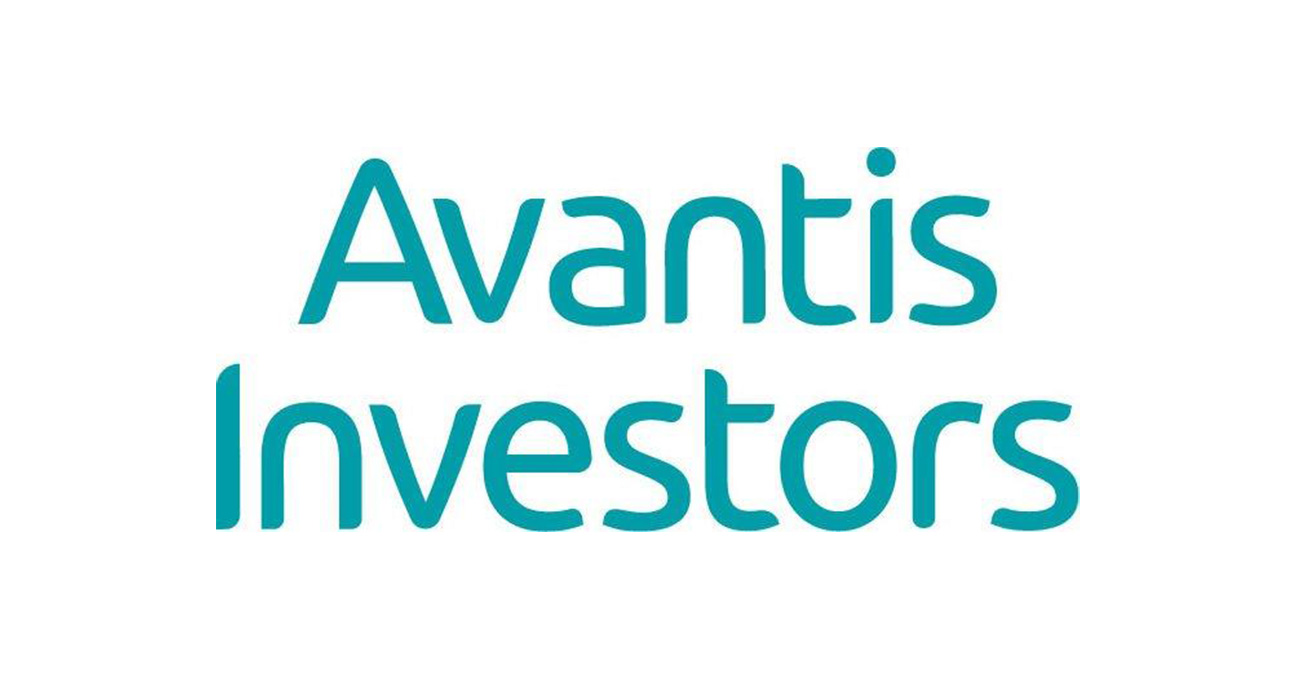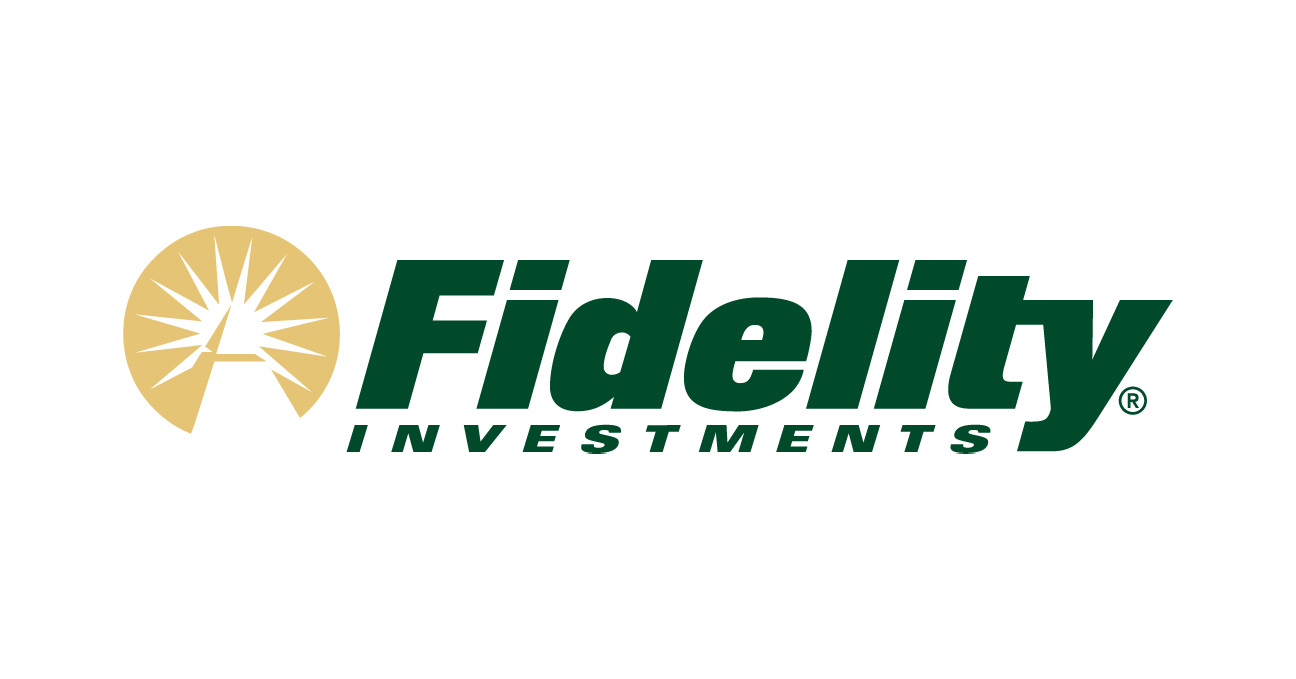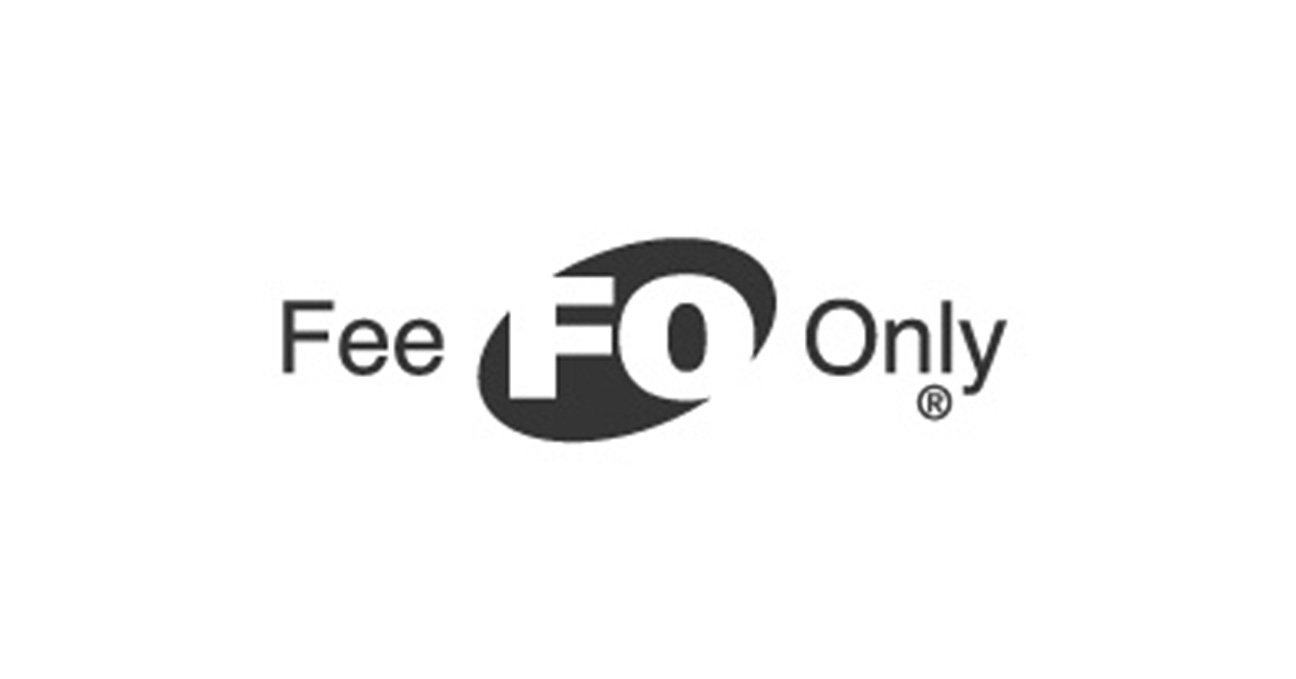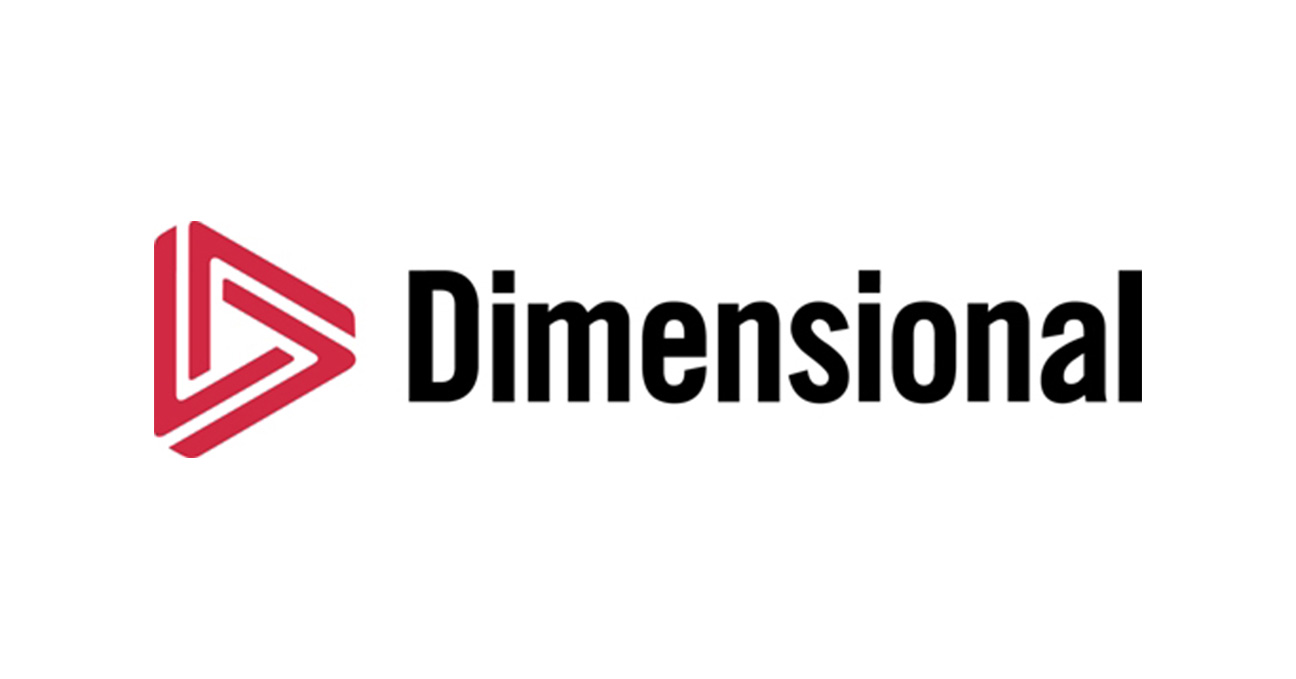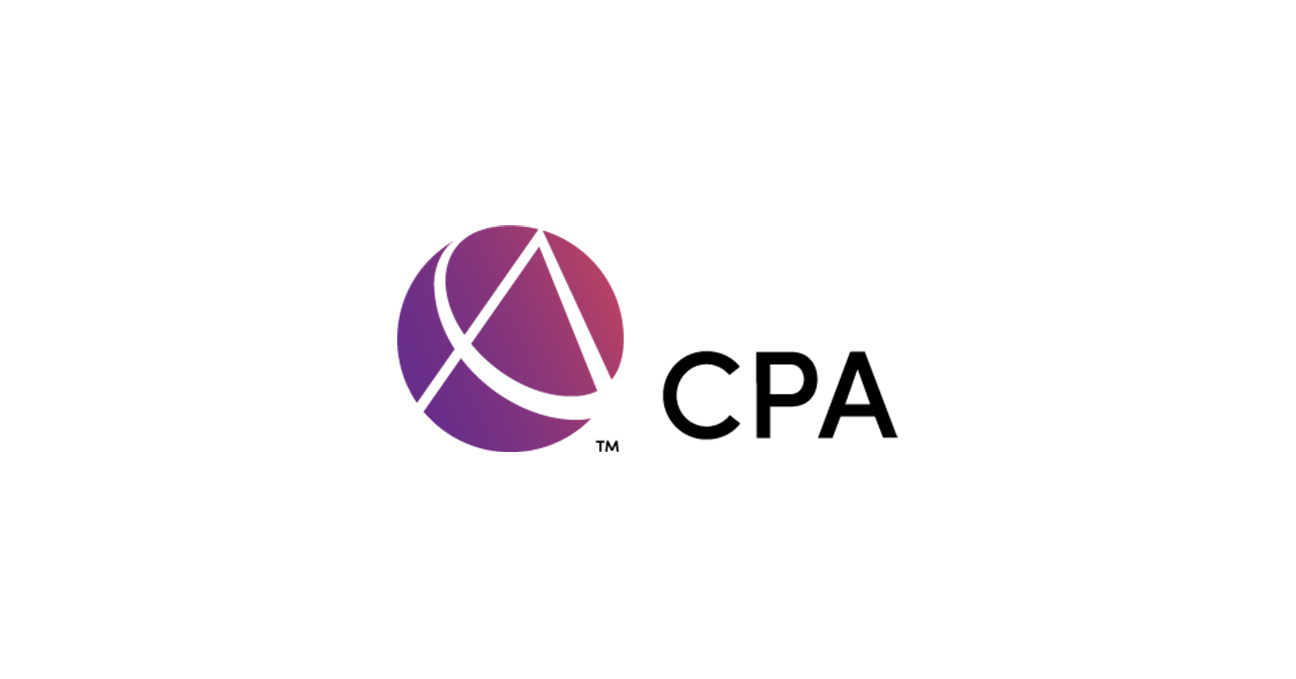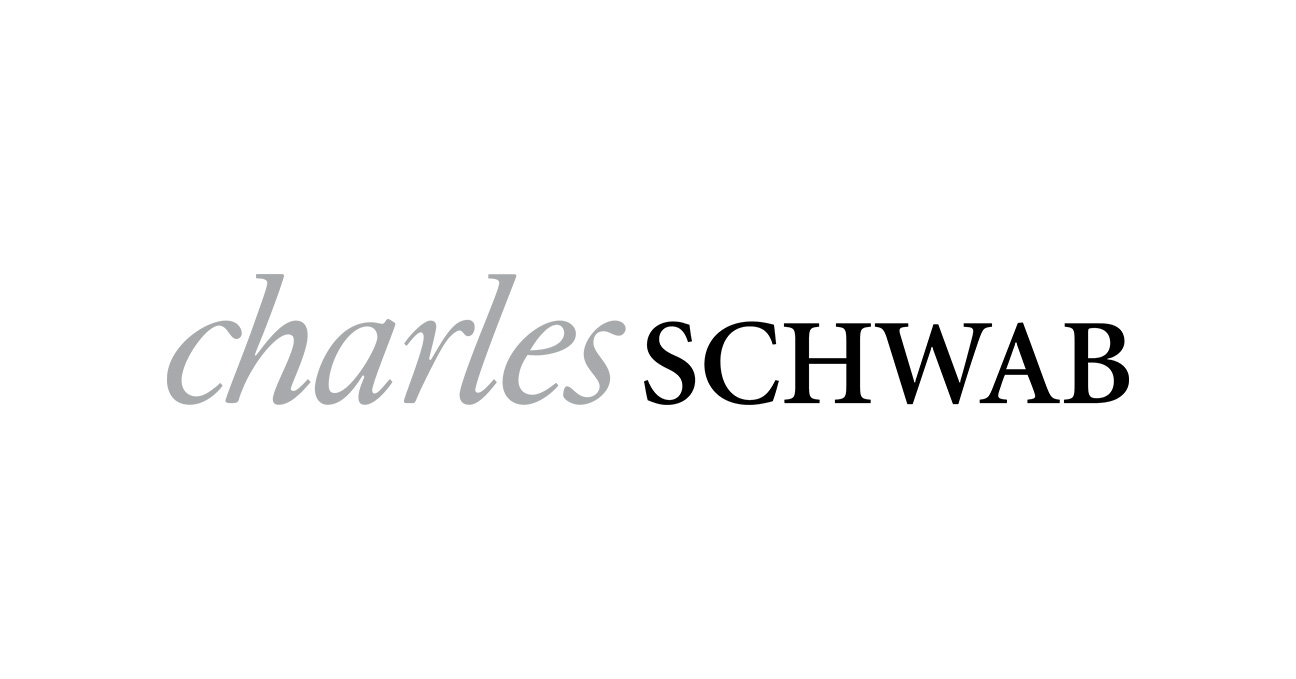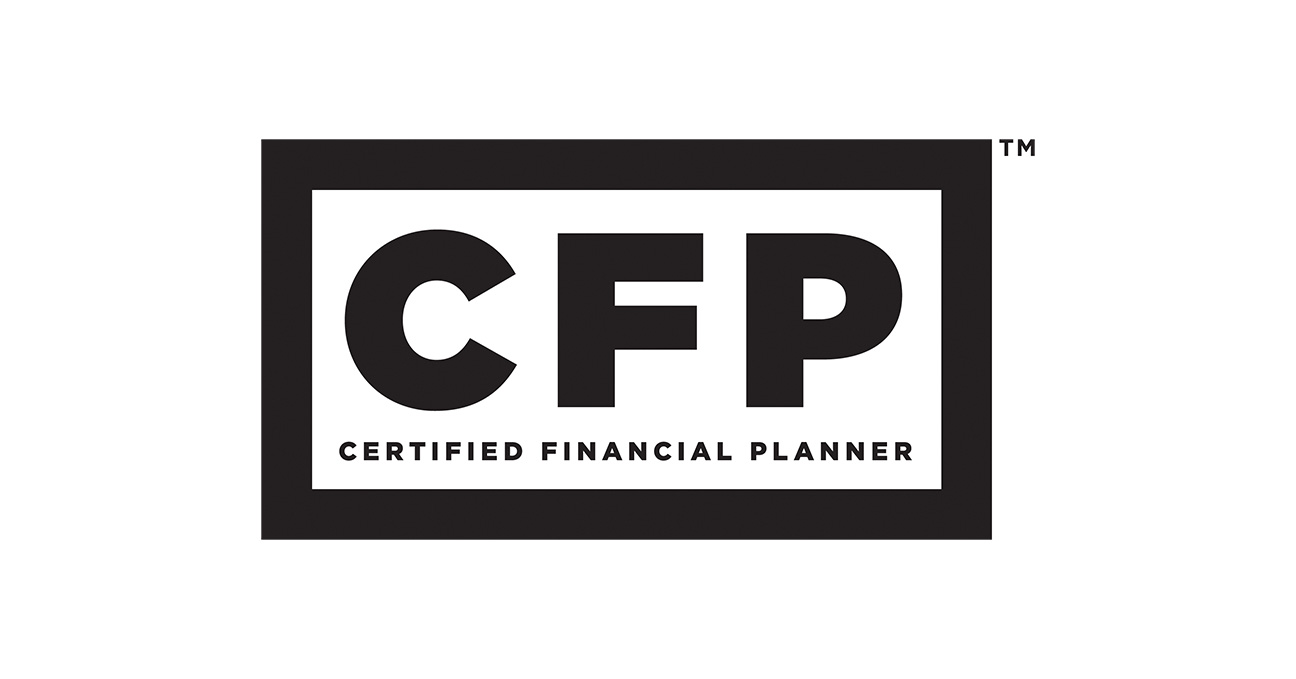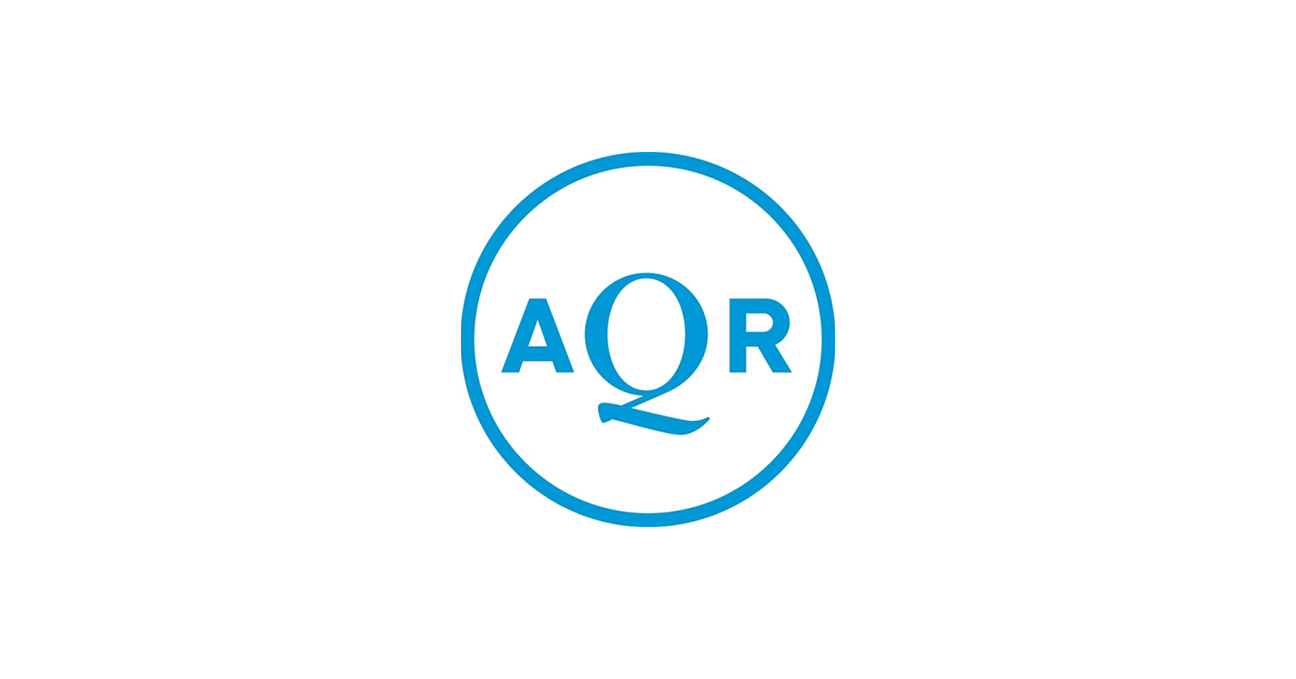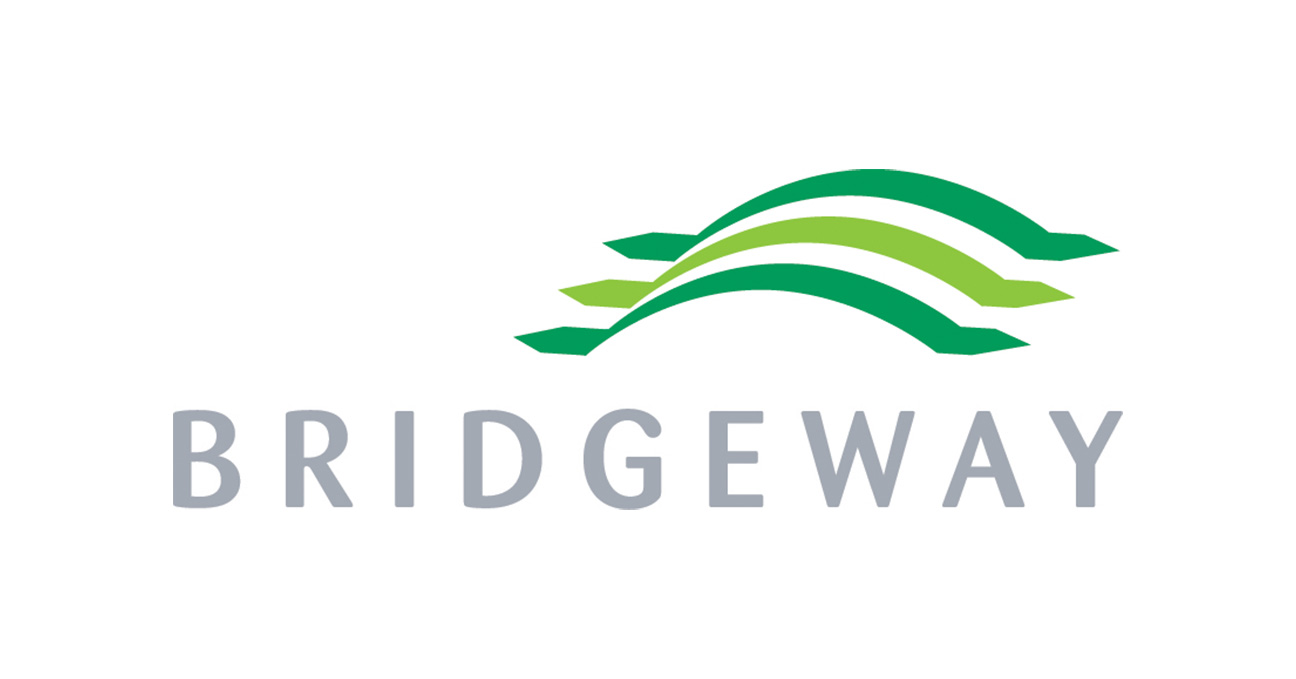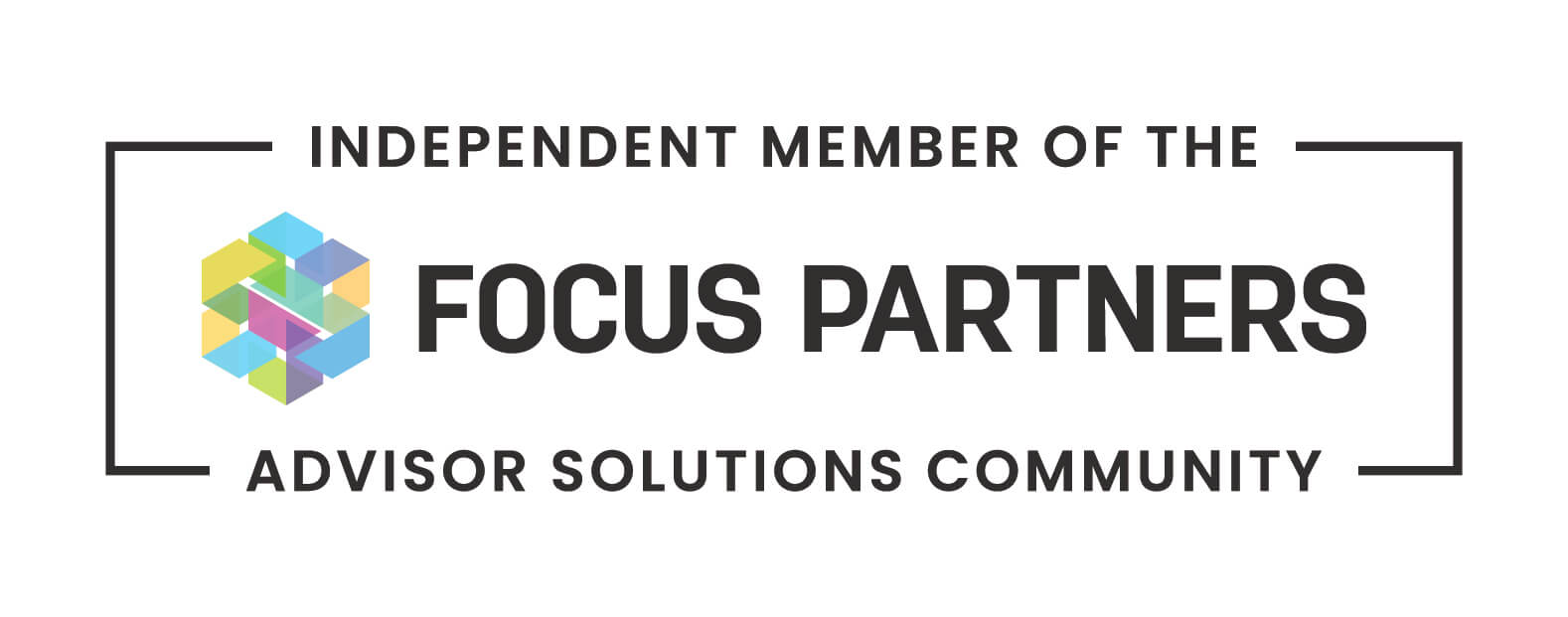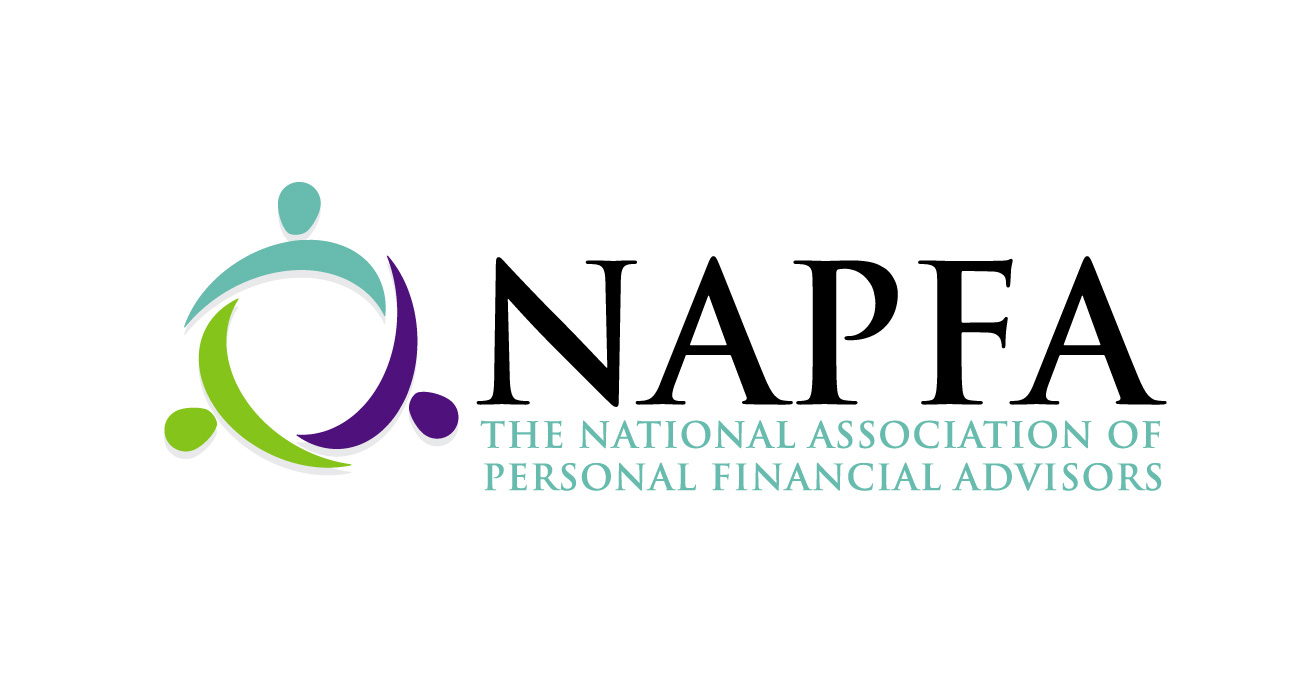Photo by Alice Voigt on Unsplash
Most investors focus on what to invest in, but few pay attention to where to put those investments. That oversight can cost real money.
Asset location planning is the art and science of distributing investments across taxable, tax-deferred, and tax-free accounts to reduce taxes and maximize after-tax returns. For high-net-worth individuals, the difference can be substantial over time.
The difference between allocation and location
Asset allocation refers to dividing your portfolio among asset classes like stocks, bonds, and real estate. Asset location refers to where those assets reside. Are they in a traditional IRA? A Roth account? A taxable brokerage account?
Here’s the basic idea. Assets with high expected returns and low tax efficiency tend to go in tax-advantaged accounts. Assets with lower expected returns and greater tax efficiency are often better placed in taxable accounts.
Tax-inefficient assets include:
- Bonds (except for munis)
- Actively managed funds with high turnover
- REITs
Tax-efficient assets include:
- Index funds
- ETFs
- Individual stocks held for the long term
For example, holding a high-yield bond fund in a Roth IRA lets that taxable interest grow tax-free. Placing a broad-based ETF in a taxable account minimizes the drag from capital gains.
Asset location basics
Three basic categories create options for locating your assets.
Taxable accounts: These are your regular brokerage accounts. You pay taxes on dividends and interest in the year you receive them. You also pay capital gains taxes when you sell assets at a profit. That means investments generating lots of taxable income may be better held elsewhere.
Tax-deferred accounts: Examples include traditional IRAs and 401(k)s. You contribute pre-tax dollars, investments grow tax-deferred, and you pay ordinary income tax when you withdraw funds. Since income is taxed at full rates upon withdrawal, it makes sense to hold tax-inefficient assets here, especially if you expect to be in a lower tax bracket in retirement.
Tax-free accounts: Roth IRAs and 401(k)s allow for tax-free growth and withdrawals, assuming certain conditions are met. These accounts are ideal for assets with the highest expected returns. You won’t owe any taxes on the gains, ever.
How to structure an efficient portfolio
Let’s say you hold the following:
- U.S. large-cap ETF
- International stock fund
- REIT
- Actively managed bond fund
Under a smart asset location plan, you might:
- Place the REIT and bond fund in your traditional IRA.
- Put the international stock fund in your Roth IRA (due to higher expected returns).
- Keep the U.S. large-cap ETF in your taxable account.
This structure lets you minimize taxes while keeping the same overall allocation. The composition of your portfolio doesn’t change. Only the location of the holdings does.
Layer in tax-loss harvesting
For taxable accounts, location planning goes hand in hand with tax-loss harvesting. This strategy lets you sell losing positions to offset gains elsewhere in the portfolio. You can then reinvest in similar, but not identical, holdings to maintain your exposure.
When used wisely, tax-loss harvesting can help reduce taxable income, especially in volatile markets. Pairing it with thoughtful location planning magnifies the tax benefit.
The Roth advantage, reconsidered
The One Big Beautiful Bill Act (OBBBA) was legislation passed on July 4, 2025, that includes various tax and fiscal policy provisions.
OBBBA retained the ability of investors to convert traditional IRAs to Roth IRAs regardless of income, reinforcing Roth conversions as a valuable planning tool. Although the tax hit can be significant in the conversion year, once inside the Roth wrapper, investments grow and are distributed tax-free.
Paying taxes now for permanent tax-free growth may be a smart tradeoff for many affluent investors. Because Roth IRAs don’t require minimum distributions (RMDs), they can also serve as a potent estate planning vehicle. Starting in 2026, the OBBBA increases the basic exclusion amount to $15 million per person, indexed for inflation from a 2025 base. This higher exemption may shift estate planning strategies, making Roth conversions even more attractive for affluent individuals looking to reduce the size of their taxable estates.
Consider state tax exposure
Where you live matters. High-tax states like California and New York add an extra layer of drag on taxable accounts. Some states don’t tax interest or dividends at all. If you split time between states or plan a move, factoring state taxation into your location decisions can help preserve wealth.
The OBBBA didn’t change the federal long-term capital gains rate, which remains at 20% for most high earners, plus the 3.8% Net Investment Income Tax (NIIT) for those with MAGI above $250,000 (joint). This brings the effective federal rate to 23.8%. With state taxes, some investors may face total capital gains rates exceeding 30%.
Charitable planning with location in mind
Asset location also matters in philanthropic giving. Donating appreciated securities from a taxable account allows you to avoid capital gains taxes and claim a charitable deduction. That’s often more tax-efficient than giving cash or pulling funds from a retirement account.
Donor-advised funds (DAFs) offer even more flexibility. They let you contribute appreciated assets now and distribute funds to charities over time.
Rebalance without tax surprises
Rebalancing is essential to keep your portfolio aligned with your goals. With proper asset location, you can do more rebalancing inside tax-advantaged accounts. That avoids triggering taxable events. For example, shifting from bonds to stocks in your IRA won’t generate capital gains taxes.
Rebalancing should be handled carefully in taxable accounts. New cash inflows or dividends are preferable if you must sell or harvest losses elsewhere to offset gains.
Estate planning benefits
Most non-spouse beneficiaries of both Roth and traditional IRAs must adhere to the 10-year distribution rule. While beneficiaries of Roth IRAs can take distributions tax-free, those who inherit traditional IRAs must pay taxes. Understanding these distinctions is crucial for effective estate planning.
Placing high-growth assets in Roth accounts creates a more favorable legacy. And by locating less efficient assets in tax-deferred vehicles, you reduce taxes during your lifetime.
A moving target
The optimal location strategy is not static. It changes with tax law, your circumstances, and market conditions. The OBBBA makes it clear that tax policy is fluid. What worked in 2024 might be inefficient in 2026.
Working with a financial advisor or tax professional who understands asset location and monitors these changes is vital. Sophisticated planning means treating taxes as a variable you can manage, not a fixed cost you must accept.
The goal is simple
Minimize taxes. Maximize after-tax returns. Preserve wealth.
It’s not about beating the market. It’s about keeping more of what the market gives you.




